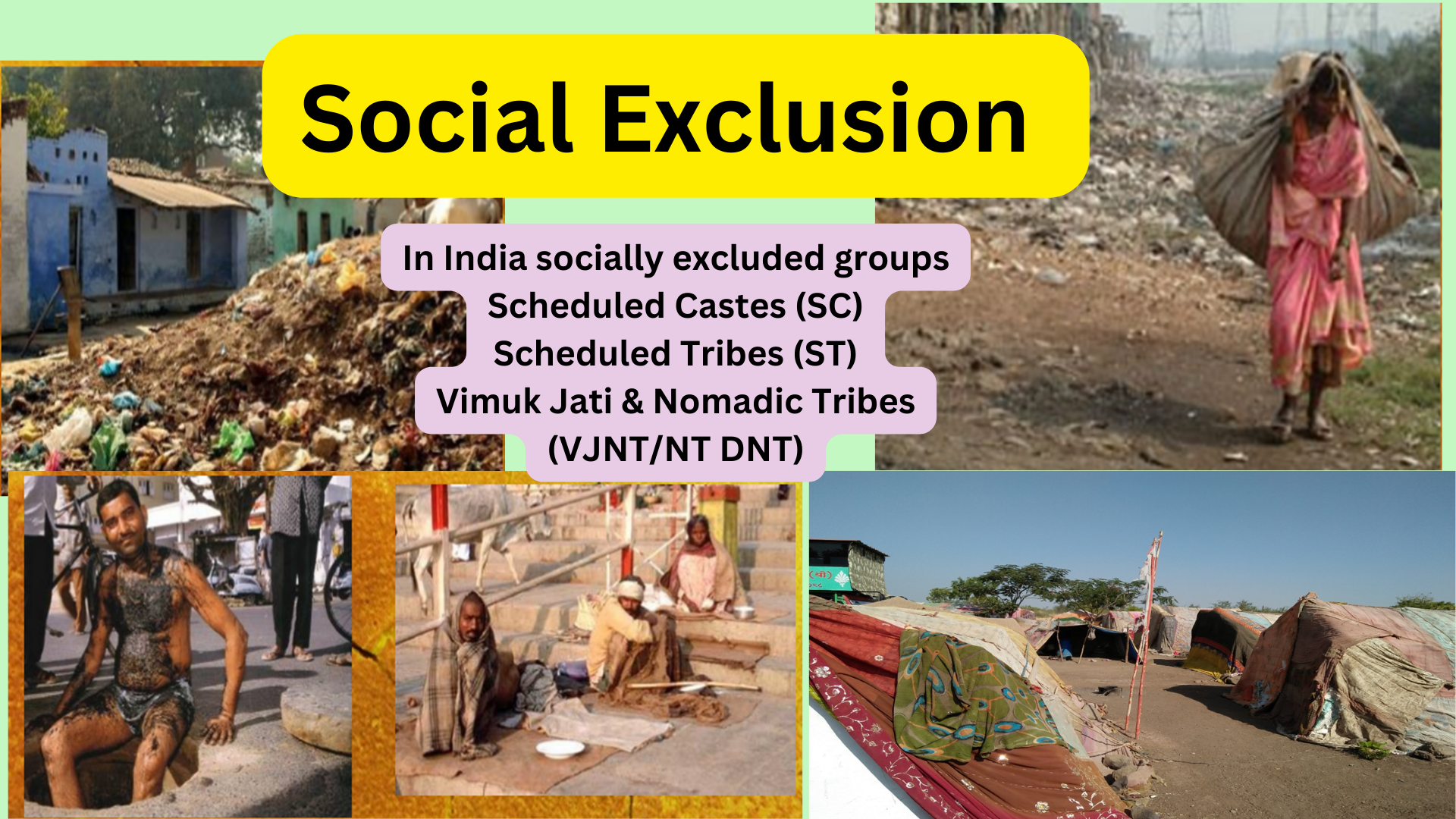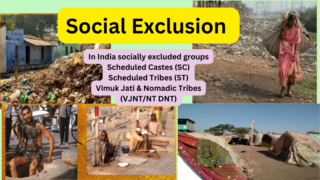
Social Exclusion | Social Exclusion A Concept in Sociology
The concept of Social exclusion holds significant importance in sociology. Its origin can be traced back to France. In the 1970s, the term ‘social deprivation’ was commonly used to describe groups of people who were excluded from social protection measures, such as single parents, individuals with disabilities, and uninsured workers.

What is social exclusion
Before delving into the concepts of social exclusion, it’s essential to first understand the concept of social deprivation. Let’s clarify the distinctions between Social Deprivation and Social Exclusion
Social Deprivation
Social Deprivation is a process in which an entire group or class of people is excluded from essential participation in social life.
Social Exclusion
Social exclusion, on the other hand, is a multifaceted process in which individuals or groups are excluded from access to facilities, benefits, and opportunities enjoyed by others. It encompasses economic, social, cultural, and political spheres, resulting in the lack of goods and services, as well as rights. Social exclusion not only affects the quality of life for individuals but also impacts the integration and cohesion of the entire society.
Definitions of Social exclusion
Social exclusion is a complex and multifaceted concept that involves the exclusion of individuals or groups from participating in the various activities and processes available to the wider population in economic, social, cultural, or political spheres. It encompasses the deprivation of goods and services, as well as the denial of fundamental rights, which significantly affects the quality of life for individuals and has broader implications for the integration and cohesion of society. Social exclusion can manifest in various forms and is often associated with discrimination, marginalization, and unequal access to opportunities and resources.
Major Socially Disadvantaged Groups in India
In India, several socially excluded groups face various forms of social deprivation and exclusion. Some of the major socially disadvantaged groups include:
- Scheduled Castes (SC)
- Scheduled Tribes (ST)
- Vimuk Jati & Nomadic Tribes (VJNT/NT DNT)
Dimensions of Poverty and social Exclusion
Poverty and social exclusion often go hand in hand, resulting in a range of challenges and inequalities. Key dimensions of poverty and social exclusion include:
- Lack of Resources
- Limited Job Opportunities
- Barriers to Accessing Education
- Health Inequalities
- Inadequate Housing
- Disruption of Family Life
- Residence in Disadvantaged Neighborhoods
These dimensions highlight the diverse factors that contribute to social exclusion and the struggles faced by marginalized groups in society.
In Marathi please fallow next Link:- सामाजिक वंचितता | सामाजिक वर्जीतता | Social Exclusion
